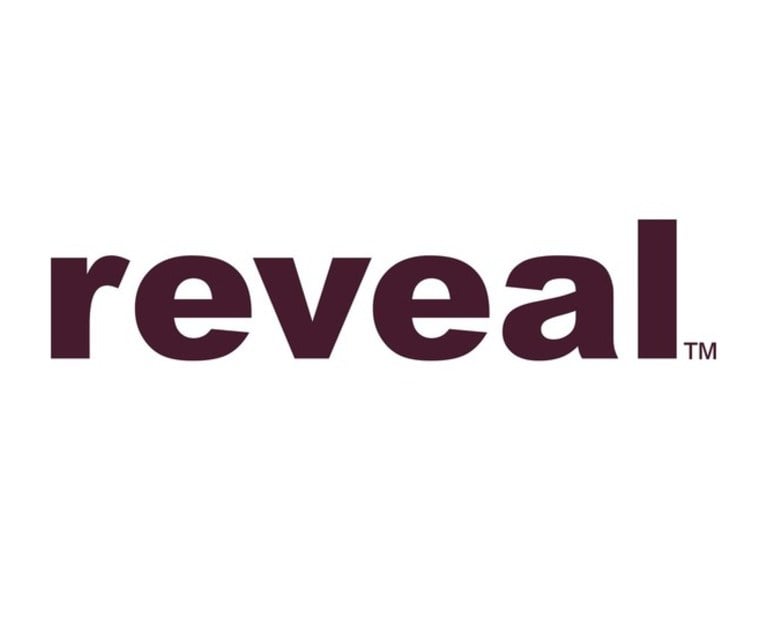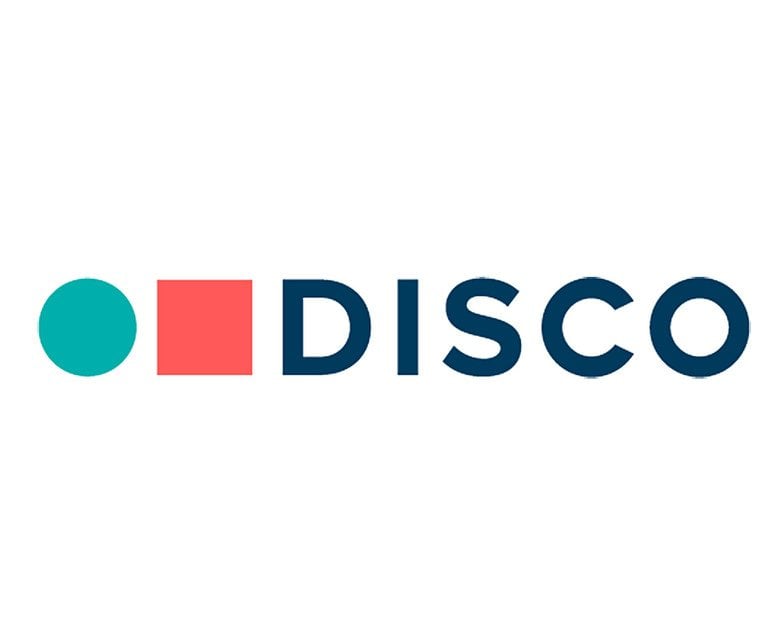Talking TAR: New Catalyst Leader on the Evolution of E-Discovery
"There's still some debate in the legal world about the extent to which [technology-assisted review] truly reduces the time and cost of e-discovery review. I hope we're nearing the end of that debate," Eric Willis said.
January 30, 2018 at 08:00 AM
5 minute read
 |
|
When Eric Willis first started his career in e-discovery, he was drawn to the work of building more-efficient structures for legal work. Willis, a former head of product development at DiscoverReady and now the head of enterprise solutions for Catalyst, is starting to see some of those technology-enabled efficiency gains grow up.
LTN spoke with Willis about his new position at Catalyst and some of the changes he's witnessed around efficiency, notably in increased adoption of technology assisted review (TAR) work.
Hometown: I grew up in Danville, Virginia, a small town in the south-central part of the state. I lived in Virginia through law school, and then spent about 10 years in California before landing in Denver. While I loved Virginia and California, I am very happy to be in Colorado.
How did you get into the e-discovery world? I began my career as an attorney with the Internet Law Group, suing spammers on behalf of large internet service providers. At that time, we were doing things very manually, physically flagging records in bankers' boxes. It was hugely inefficient. For us, e-discovery was importing an Excel spreadsheet into an Access database.
As technology and the law evolved, I became increasingly intrigued by what could be done to help lawyers assess documents faster and more cost-effectively. I tested the waters of document review and then had my first real-world experience with e-discovery as lead attorney and project manager for large-scale document review at a boutique litigation firm. We collected, processed, reviewed and produced millions of documents. I was hooked.
How have technology advances changed e-discovery processes throughout your career? Having started out my career flagging records in bankers' boxes, I've pretty much seen it all. Two advancements, among many, that stand out in my mind are the following:
Cloud-based applications: The move from hosting concatenated Concordance databases in your law firm's basement to current cloud models has had a major impact on how we do e-discovery. The advantages of cloud computing and software-as-a-service have decentralized and simplified our industry and put the globe at our fingertips.
TAR 2.0: The days of large-scale document review are numbered. Having sued spammers early in my career, I have an intimate appreciation for how technology can reduce the need for human involvement. At Catalyst, particularly with Insight's continuous active learning, we need fewer and fewer resources to complete review of the same number of documents. Such efficiencies will continue to increase as the technology gets better.
What kinds of technology or process shifts do you anticipate in coming years? Today's corporate client is looking for opportunities to better gain insight into their data—products, custodians, collections, documents, decisions, budgets, spends and more across their entire portfolio of cases—using metrics to inform future decisions. Such information—company and matter metadata, if you will—is the next step in driving data management and e-discovery efficiency.
Also, advanced machine learning approaches, combined with traditional e-discovery analytics and review tools, are being applied to solve problems outside of litigation. Internal audit and investigations, finding and remediating sensitive data in litigation and beyond, [and] regulatory compliance are all opportunities to leverage technology and expertise to solve problems.
AI: Overhyped or worth the hype? There's certainly a lot of buzz around AI. However, I don't think you can just throw technology at a problem. Data is obviously a key driver for AI, but any data scientist will tell you that a comprehensive data-driven analytics approach is not just about technology. Of course, we're continually improving our continuous active learning algorithms so they help further reduce the total cost of discovery for our clients through improved speed and accuracy, but that's only part of the story. Whether assessing documents for production or analyzing attorney spend for budgets, analytics (and more specifically, machine learning in this context) starts with people, identifying opportunities, defining success and driving technology.
What are your favorite and least favorite e-discovery jargon/buzzwords? My favorite buzzword is “investigations.” To me, “investigations” suggests one primary thing, even if applied in many areas: driving to insight into data as quickly and cost-effectively as possible. We're no longer in the world of substantial productions but in the world of looking for answers or lack thereof. Investigations can leverage the same people and technology, but the process is often quite different, which is exciting.
My least favorite buzzword—well, buzzwords—is easy: “early case assessment,” often called “ECA.” What does that mean? If you ask five different people, you will get five different answers. That term has become so loaded in our industry that it no longer carries any weight. Are you hoping to determine matter size and budget? ECA. Want to test your keywords? ECA. Investigation? ECA. Culling? ECA. It's been buzzing for years, continues to buzz and will likely buzz forever.
This content has been archived. It is available through our partners, LexisNexis® and Bloomberg Law.
To view this content, please continue to their sites.
Not a Lexis Subscriber?
Subscribe Now
Not a Bloomberg Law Subscriber?
Subscribe Now
NOT FOR REPRINT
© 2024 ALM Global, LLC, All Rights Reserved. Request academic re-use from www.copyright.com. All other uses, submit a request to [email protected]. For more information visit Asset & Logo Licensing.
You Might Like
View All
Data Mining Company Actfore Spins Off From Discovery, Info Gov Provider ActiveNav

Reveal Acquires Redaction Tool Source Code From E-Discovery Provider Milyli
Trending Stories
- 1Infant Formula Judge Sanctions Kirkland's Jim Hurst: 'Overtly Crossed the Lines'
- 2Abbott, Mead Johnson Win Defense Verdict Over Preemie Infant Formula
- 3Preparing Your Law Firm for 2025: Smart Ways to Embrace AI & Other Technologies
- 4Meet the Lawyers on Kamala Harris' Transition Team
- 5Trump Files $10B Suit Against CBS in Amarillo Federal Court
Who Got The Work
Michael G. Bongiorno, Andrew Scott Dulberg and Elizabeth E. Driscoll from Wilmer Cutler Pickering Hale and Dorr have stepped in to represent Symbotic Inc., an A.I.-enabled technology platform that focuses on increasing supply chain efficiency, and other defendants in a pending shareholder derivative lawsuit. The case, filed Oct. 2 in Massachusetts District Court by the Brown Law Firm on behalf of Stephen Austen, accuses certain officers and directors of misleading investors in regard to Symbotic's potential for margin growth by failing to disclose that the company was not equipped to timely deploy its systems or manage expenses through project delays. The case, assigned to U.S. District Judge Nathaniel M. Gorton, is 1:24-cv-12522, Austen v. Cohen et al.
Who Got The Work
Edmund Polubinski and Marie Killmond of Davis Polk & Wardwell have entered appearances for data platform software development company MongoDB and other defendants in a pending shareholder derivative lawsuit. The action, filed Oct. 7 in New York Southern District Court by the Brown Law Firm, accuses the company's directors and/or officers of falsely expressing confidence in the company’s restructuring of its sales incentive plan and downplaying the severity of decreases in its upfront commitments. The case is 1:24-cv-07594, Roy v. Ittycheria et al.
Who Got The Work
Amy O. Bruchs and Kurt F. Ellison of Michael Best & Friedrich have entered appearances for Epic Systems Corp. in a pending employment discrimination lawsuit. The suit was filed Sept. 7 in Wisconsin Western District Court by Levine Eisberner LLC and Siri & Glimstad on behalf of a project manager who claims that he was wrongfully terminated after applying for a religious exemption to the defendant's COVID-19 vaccine mandate. The case, assigned to U.S. Magistrate Judge Anita Marie Boor, is 3:24-cv-00630, Secker, Nathan v. Epic Systems Corporation.
Who Got The Work
David X. Sullivan, Thomas J. Finn and Gregory A. Hall from McCarter & English have entered appearances for Sunrun Installation Services in a pending civil rights lawsuit. The complaint was filed Sept. 4 in Connecticut District Court by attorney Robert M. Berke on behalf of former employee George Edward Steins, who was arrested and charged with employing an unregistered home improvement salesperson. The complaint alleges that had Sunrun informed the Connecticut Department of Consumer Protection that the plaintiff's employment had ended in 2017 and that he no longer held Sunrun's home improvement contractor license, he would not have been hit with charges, which were dismissed in May 2024. The case, assigned to U.S. District Judge Jeffrey A. Meyer, is 3:24-cv-01423, Steins v. Sunrun, Inc. et al.
Who Got The Work
Greenberg Traurig shareholder Joshua L. Raskin has entered an appearance for boohoo.com UK Ltd. in a pending patent infringement lawsuit. The suit, filed Sept. 3 in Texas Eastern District Court by Rozier Hardt McDonough on behalf of Alto Dynamics, asserts five patents related to an online shopping platform. The case, assigned to U.S. District Judge Rodney Gilstrap, is 2:24-cv-00719, Alto Dynamics, LLC v. boohoo.com UK Limited.
Featured Firms
Law Offices of Gary Martin Hays & Associates, P.C.
(470) 294-1674
Law Offices of Mark E. Salomone
(857) 444-6468
Smith & Hassler
(713) 739-1250








